By Esia Forsyth, Third Year, English
Ours is a generation so used to violence, shock value and gore that not much is able to truly shake a modern-day audience. In this cinematic landscape of dopamine overdose, war films run the risk of diminishing the true horrific realities of combat and subsequently dehumanising and disrespecting the past, as their depictions blend into a background of horror and fantasy genres.
Edward Berger’s latest project, All Quiet on The Western Front (2022), traverses this risky genre to create a masterpiece of human suffering, a homage to all victims of war and its futility.
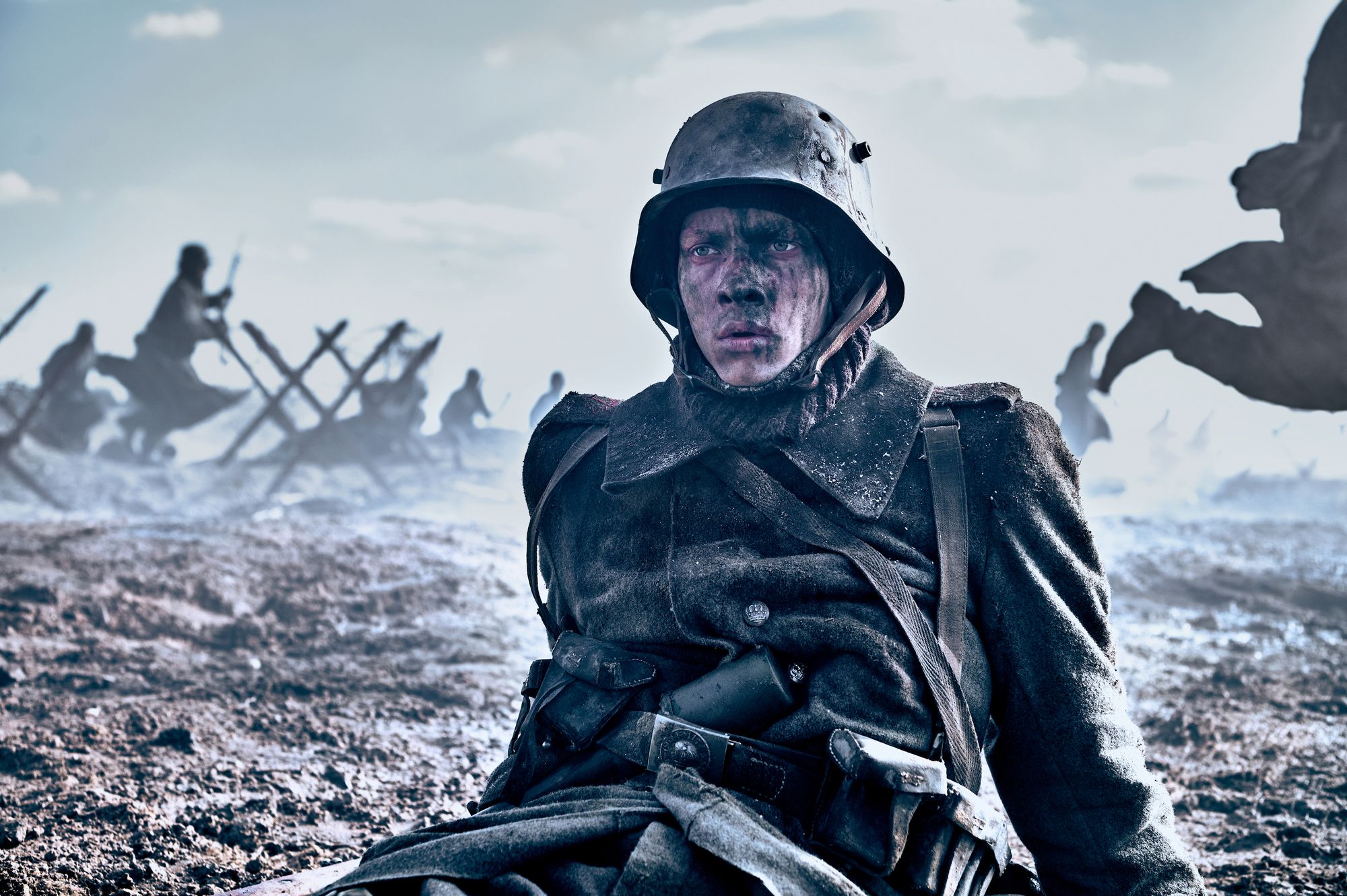
Making use of Wes Andersonian symmetry, the piece opens by looking up at towering trees framing a circle of sky. The next shot switches to a bird’s eye view of dead bodies blended into frosted ground framing a circle of blood. There is something about this careful positioning that manages to perfectly capture the film’s focus: paralysing fear. The camera is at one with the shell-shocked confusion it depicts. You want to look away, but your gaze is magnetised.
The film doesn't just depict the grim brutalities of the battlefield, but the mechanical practicalities that lie behind it. The stripping, washing and reusing of dead men’s clothes is a grim twist upon the British call to ‘waste not, want not’. We are confronted with a partially lit shot of sudsy rags hanging, the cinematography imbuing inanimate objects with ominous horror as they echo the bodies left behind.
The film’s focus on these distressing yet menial tasks creates a numbing deindividuation in death that implicates the audience, with the collection of deceased name tags providing macabre relief from slaughter.
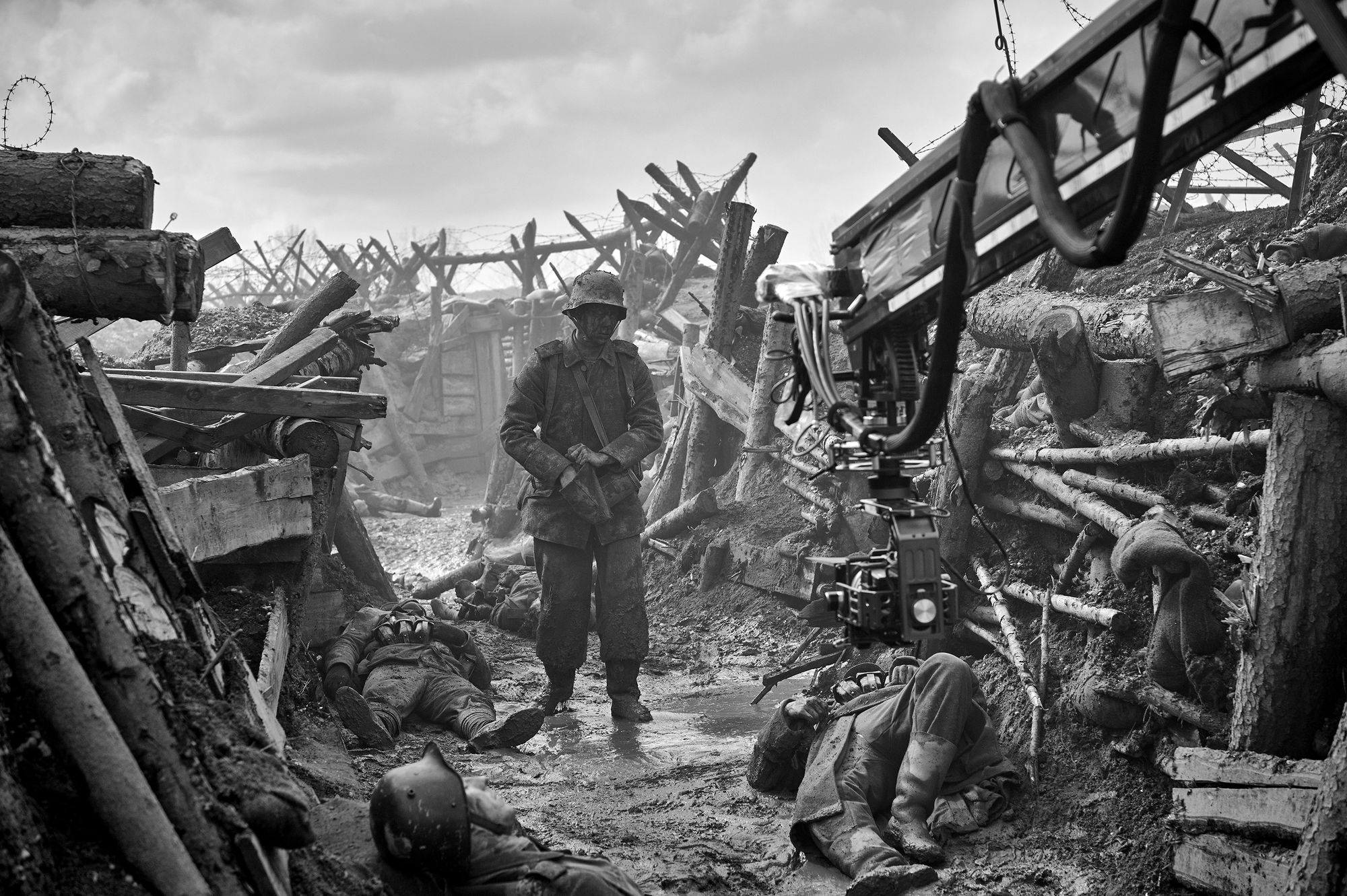
The boyish innocence of Paul Bäumer (Felix Kammerer) in his excitement with his classmates, all of them volunteering for duty, is like a graduation ceremony. As Paul begins his journey in a blood-stained jacket only recently washed from the frontlines, little hope remains that it will be a straightforward one. Foreboding builds as bright songs of hopeful futures sung by fresh-faced recruits are undercut by sinister orchestral swells.
Throughout his journey, we see shots of Paul's eyes framed through Berger’s symmetry. We watch the gradual loss of boyish life as the eyes’ light is replaced with terror, trauma, and then deadened misery. Against a backdrop of brown and orange palettes, portrayals of humanity at its most depraved and most vulnerable are tear-biting.
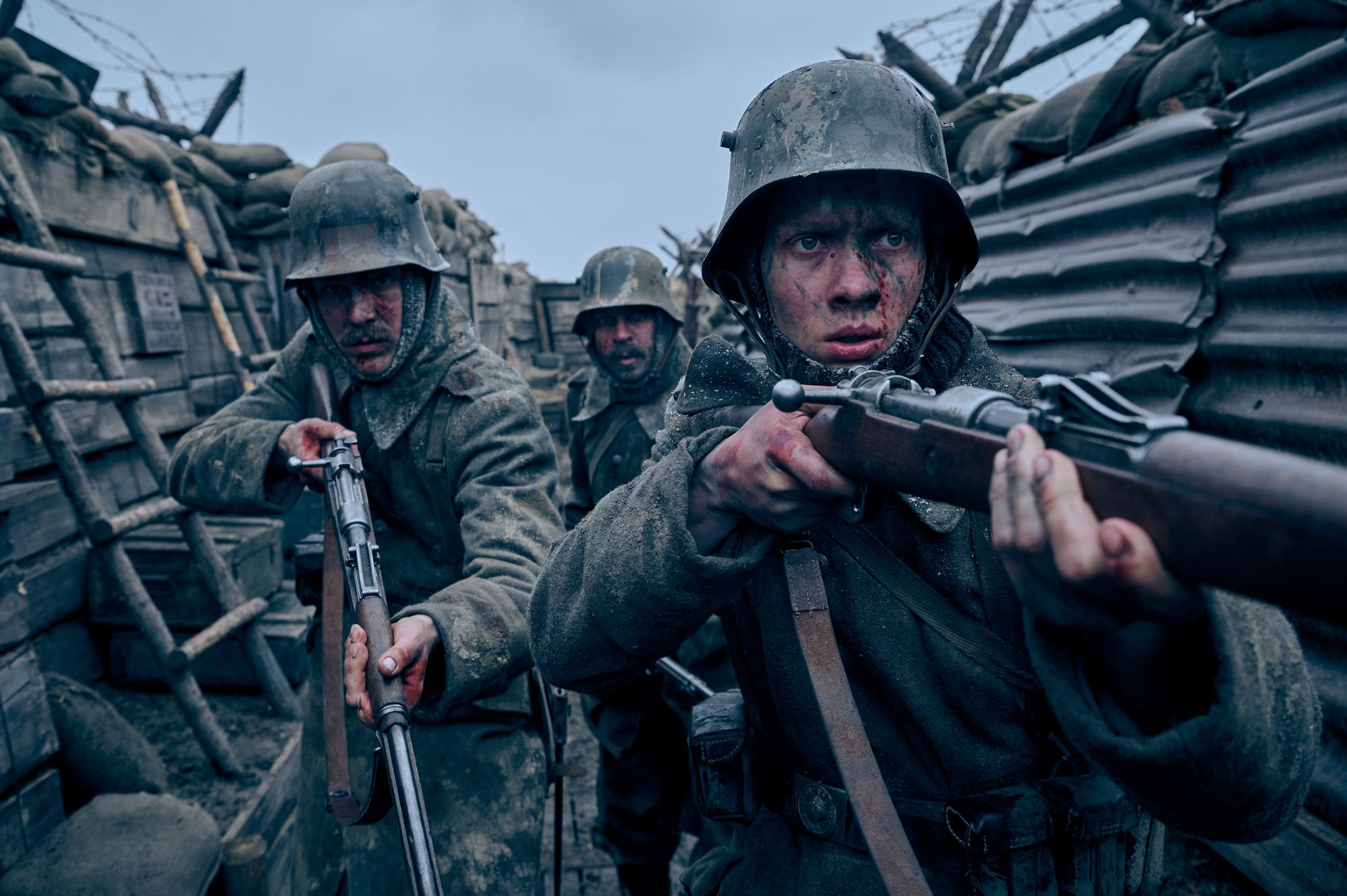
‘Give a man power, man is a beast’: a sentiment that resonates time and again in Berger’s masterpiece, his tapestry is grim as it explores just how inhumane man can become when power usurps moral duty. Real men and real lives, that is what Berger delivers.
Here, time jumps are not glorious training montages and, instead, are measured in the yellowing of teeth stained by malnutrition; there is no suggestion of glory in this war. No time is given to poetic scripts, words fall from the mouths of “Kat” Katczinsky (Albrecht Schuch) and Albert Kropp (Aaron Hilmer) as if they had just been left alone to talk, unaware of a viewer.
It is at this level of raw realism that pain is the most sharply felt by us, the accidental audience.
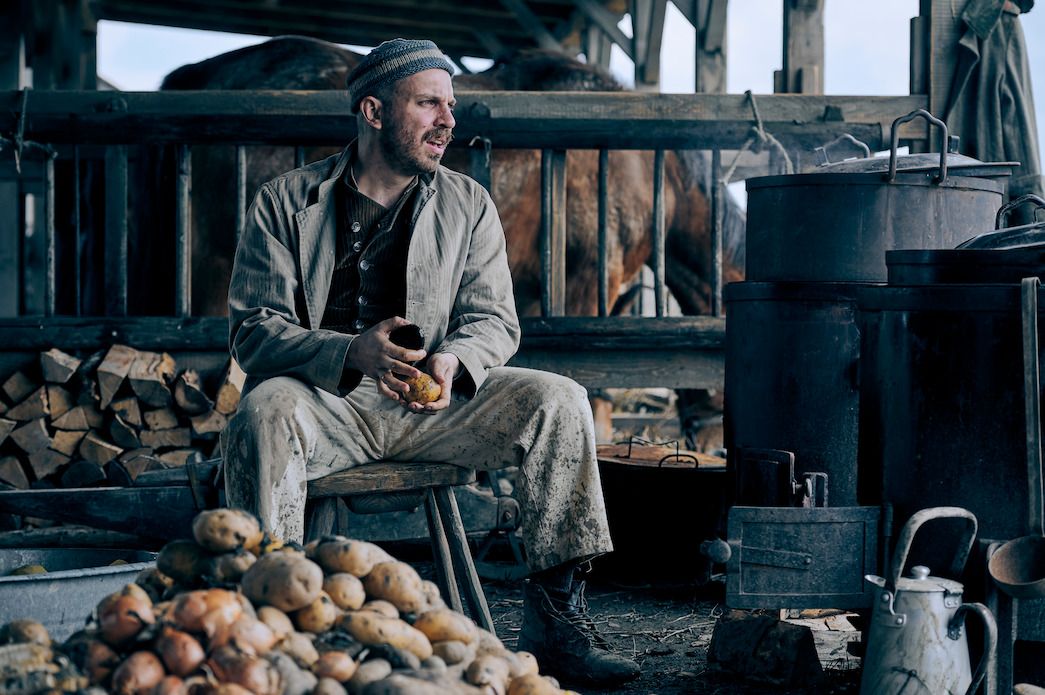
In between pain, terror, maiming and brutality, the audience is powerless. As we watch, incapable of action, there is a sense of shameful voyeurism and a fear of our own helplessness. The experience is not only unpleasant but brutally impactful as we are reminded of our own complicity.
As a ruthless skirmish for survival ensues, there is the vague awareness that the side we are emotionally attached to and subsequently rooting for is German. A technique of Berger’s that breaks down the concept of national pride within a war, stripping layer by layer the misconception of conquest as glory.
Berger does not shy away from gory truths, but, unlike so many other war films, the violence is not gratuitous. It does not exist as a prop for the creation of shock value, Berger’s portrayal of butchery is simply a side effect of the dark psychology his film accentuates. Carnage is not perfectly timed or drip-fed piecemeal, it is real and it is merciless.
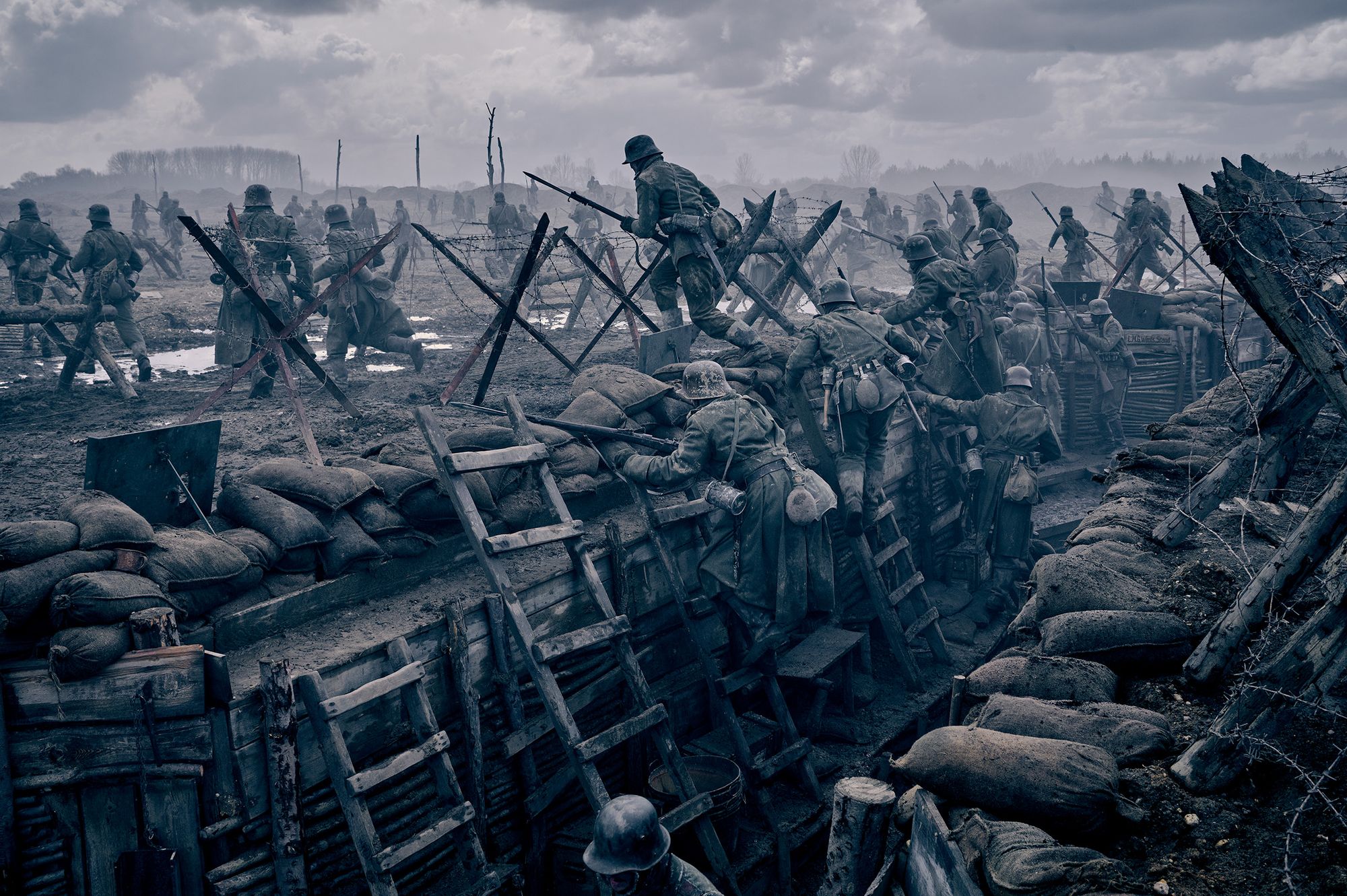
Recently out on Netflix, I watched this film in the comfort of my own home and, I admit, I had to pause it multiple times; I had to take a break, collect my thoughts and recentre before continuing. In the cinema, there is no such break.
The film is created not for the audience, but for the men it follows. Berger refuses to censor their journey for our comfort, nor does he glamorise it for our entertainment. We are as anonymous and isolated in the process of watching as his characters are in the mass destruction they face.
Berger has succeeded in creating a film that truly exemplifies the tragedy and senselessness of war. His direction completely ignores the desires of its audience, instead giving them harsh realities: the loss of humanity to the pursuit of power and its effects, irrespective of nationality. In doing so, he creates a masterpiece.
Featured Image: Photo by Reiner Bajo, Courtesy of Netflix
What is your opinion on historical war films?









